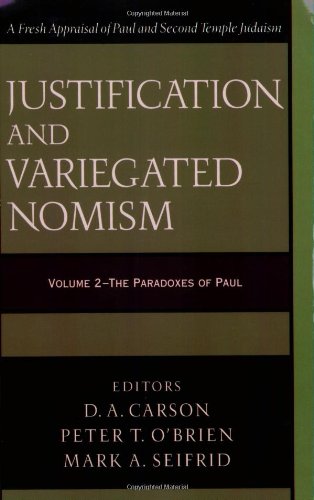A “Bonus” Chapter Summary from Books At a Glance
By Nathan Sundt
About the Author
Peter O’Brien is Senior Research Fellow in New Testament, Moore Theological College.
Overview
The sharp contradistinction between Saul’s Judaism and Paul’s Christianity seems obvious and assured due to the very profundity of his Damascus Road experience. Preachers and teachers of Paul (as well as converts!) easily look back to what has been the most typical “conversion experience” in all of Christian history. However, the new perspective has generated a series of questions that orbit around the Damascus Road experience: should the experience be called conversion, calling, or both? “Or should this apparently life-changing event be cast in other terms?” What was the experience’s significance in terms of Paul’s own internal psychology and self-identity? How does he describe the past on the “far side” of the Damascus Road?
Peter O’Brien in “Was Paul Converted?” addresses this newly-persistent constellation of questions. He admits the obvious limitations of any study on the broad question and sets forth his plan. The chapter’s first section focuses on a more factual rendering of the experience, while the second section considers its inner, psychological significance for Paul. Philippians 3:1–11, O’Brien says, provides the best “window into Paul’s past, as he tells us about his re-evaluation of values, and what he thinks . . . about the dramatic change that occurred many years before on the Damascus Road.”
The third section examines “Paul’s use of the Old Testament scriptures (in Rom 4).” in particular, Paul’s eventual handling of Genesis 15:6 can pertain to the question of whether the Road represented a (A) calling to expand one religious system or a (B) conversion to another salvation altogether. The fourth and final section relates the “continuity and discontinuity between Paul’s Pharisaism and his Christianity.”
[To continue reading this summary, please see below....]The remainder of this article is premium content. Become a member to continue reading.
Already have an account? Sign In
Buy the books

JUSTIFICATION AND VARIEGATED NOMISM (VOLUME 2): PARADOXES OF PAUL, edited by D. A. Carson, Peter T. O'Brien, and Mark A. Seifrid